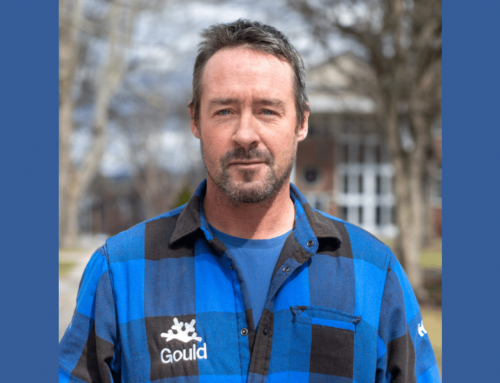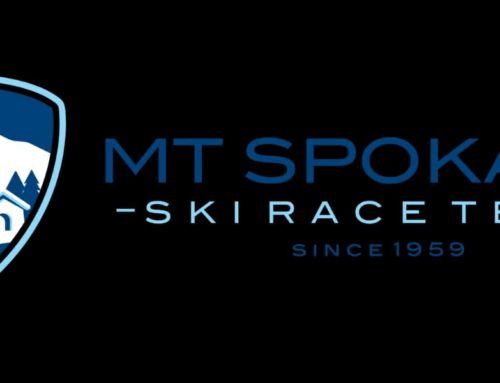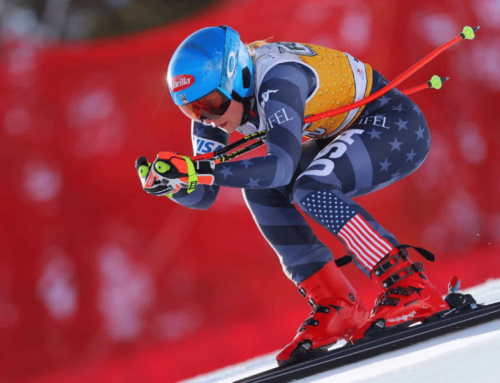An ode to USCSA
As summer begins and the school year ends, many high school seniors begin to consider the question that all young athletes must face one day: Can I continue to compete in my sport at the collegiate level? For a select few, this question had been answered earlier in high school with invitations to training camps and scholarship offers, but for most there is uncertainty.
An important consideration that many athletes make when looking for colleges is the accessibility of their sport of choice. For many mainstream sports this is a non-issue. It is hard to find a college or university in the United States without football, soccer, basketball, etc. at some level. Whether it be NCAA Division I, II, or III, club, or even intramural, mainstream sports always have a place and are accessible to students, often at multiple skill levels.
When it comes to finding a college where a student can continue to play his or her sport of choice, those in the skiing community have more of a process. For starters, there are only a few regions of the country where skiing is possible in the first place. The first step in the decision to ski in college is simply to find a college that has access to skiing, quickly eliminating the majority of U.S. colleges and universities. Harder still is finding a college ski team that will accept students who never received private coaching, off-season training, or an education at a private ski academy meant to produce top athletes. Lacking FIS points makes this even more of a challenge.
I experienced this struggle myself three years ago as I was applying to colleges. I had spent ages nine to 18 competing for the Ford Sayre Ski Club, my local ski team in New Hampshire. I was definitely more of a “do it for the love of the sport” type of kid, as my race results left more than a little to be desired, and were not going to attract the attention of any collegiate programs. Neither of my parents had grown up ski racing, or even skiing at all for that matter. They were new to the culture of the sport, and their unfamiliarity with it was a bit of a roadblock in my youth skiing days. The time commitment and cost definitely shocked my parents. The concept of summer ski trips was ridiculous and they sure as hell weren’t paying for it. Multiple pairs of race skis were also a bit of a struggle. Why have four pairs of skis for racing when you only need one set of cleats for football or one pair of sneakers for basketball?
My off-season training was a little on the alternative side as well. While the ski academy kids went off to Mt. Hood or Portillo for summer training camps, my teammates and I would go to a cabin on the Connecticut River owned by one of our coaches. There we would do dryland activities like carrying each other up hills, swimming across the river from Vermont to New Hampshire, and lifting rocks instead of weights. Even in the winter training resources were fairly limited. There was always training on the weekends of course, but midweek was restricted to two hour night sessions twice a week.
I loved ski racing and put as much work into it as I could, and while I made improvements, youth racing was a bit of a struggle for me and I was never really satisfied with my performance or results. I always wanted to be on top of the podium but I can only think of two times that ever happened in the span of nine years. Since there are only three spots on the podium, I know I’m in good company. There are countless kids out there who put in all of the work they could but never got the top tier results they dreamed of. However, results aside, being a part of a good team and having fun is really what we’ll all remember later, and there’s no reason that being a part of this racing community has to end.
I looked for opportunities to ski at several colleges, things like pass discounts, college run clubs, and programs with local mountains. Some older friends of mine who were of a similar skill level suggested I consider colleges that offered USCSA ski teams. These friends of mine skied for the University of Vermont Alpine Ski Racing Club, and they seemed to think it was the coolest thing since sliced bread. During the week they trained at Cochran’s ski area in Richmond, Vermont. On the weekends they would take overnight trips to races where their tickets were paid for, and condo fees and food were included in team dues.
They didn’t care about results, and neither did anyone else; it was all done simply for the fun of the sport. It sounded like the best situation anyone could ask for, so I threw my hat in the ring, came to UVM, and joined the team.
Many of my old pals from youth skiing now race for other USCSA programs, which is fun because races are almost like reunions. Out of my old high school class, I have friends who race for Boston University, Northeastern, and Tufts. We get to race against each other every weekend, just like we did when we were kids.
USCSA or the United States Collegiate Ski and Snowboard Association is a great program for those high school athletes who feel left behind as the D1 recruits sign their letters of intent. The loose federation of club and Division III ski teams operates all over the country with conferences in every region other than the south. Wherever there is snow, there is collegiate club skiing. Races have a low key and relaxed vibe that is focused on fun above all else. Many teams accept racers of all abilities, and often require only the bare minimum of racing experience. Athletic ability ranges from those who raced FIS at a ski academy to those who have barely been in gates.
Some of my teammates had NCAA offers and turned them down. Others are weekend warriors who are happy to run a slalom course on their powder skis. Whichever end of that spectrum you belong to, or anywhere in between, there is always an opportunity to keep racing in college if you know where to look.





















